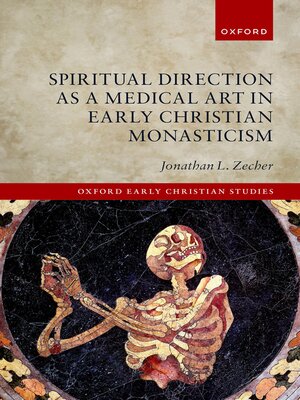Spiritual Direction as a Medical Art in Early Christian Monasticism
ebook ∣ Oxford Early Christian Studies
By Jonathan L. Zecher

Sign up to save your library
With an OverDrive account, you can save your favorite libraries for at-a-glance information about availability. Find out more about OverDrive accounts.
Find this title in Libby, the library reading app by OverDrive.



Search for a digital library with this title
Title found at these libraries:
| Loading... |
What expectations did the women and men living in early monastic communities carry into relationships of obedience and advice? What did they hope to achieve through confession and discipline? To explore these questions, this study shows how several early Christian writers applied the logic, knowledge, and practices of Galenic medicine to develop their own practices of spiritual direction. Evagrius reads dream images as diagnostic indicators of the soul's state. John
Cassian crafts a nosology of the soul using lists of passions while diagnosing the causes of wet dreams. Basil of Caesarea pits the spiritual director against the physician in a competition over diagnostic expertise. John Climacus crafts pathologies of passions through demonic family trees, while
equipping his spiritual director with a physician's toolkit and imagining the monastic space as a vast clinic. These different appropriations of medical logic and metaphors not only show us the thought-world of late antique monasticism, but they would also have decisive consequences for generations of Christian subjects who would learn to see themselves as sick or well, patients or healers, within monastic communities.






